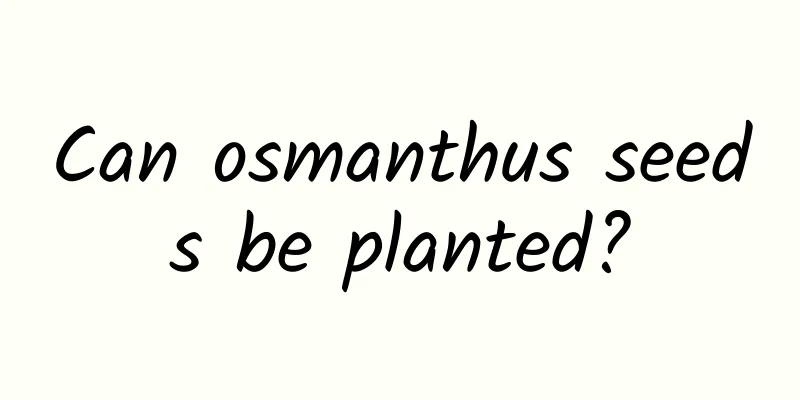The main value of Sedum sedum

Garden valueSedum concha is a smaller and shorter plant, generally only 10 to 17 centimeters tall, with round leaves of bright light green. The leaves grow in high density, with layers of depth and order, a long growing period, and are green all year round. When grown in large areas, it presents a carpet-like visual effect, and has therefore always been regarded as an indispensable element in gardens. When Sedum concha blooms, it has dense golden flowers that are huge in size and have stunning visual effects, making it very suitable for group viewing. Therefore, it has been used for lawns, ground covers, and in garden design. However, because Sedum concave-leaved Sedum is a succulent plant with thick leaves, it is prone to large-scale rot once it is trampled. In addition, Sedum concave-leaved Sedum prefers shade and cannot withstand direct sunlight. Therefore, when used as ground cover, it is more suitable to be placed in an enclosed shady green space that will not be trampled, or on an ornamental lawn without direct sunlight. Medicinal valueThis plant has extremely high medicinal value and the whole plant can be used as medicine. Traditional Chinese medicine believes that Sedum concha has the functions of detoxification, diuresis, liver calming, blood stasis removal, heat clearing and swelling reduction. Therefore, it can be used to treat blood stasis and bruises caused by trauma, dysentery, or to inhibit diseases such as sores. It is said that in some places, Chinese medicine practitioners also use Sedum truncatum to treat diseases such as hepatitis. Small size but great powers, this probably refers to Sedum sedum. A single Sedum concave-leaved plant is not very eye-catching, but when gathered together, it becomes a very necessary part of the garden. |
<<: The main function of beetroot
>>: The main value of sugar beets
Recommend
How to Build a Simple Small Greenhouse
Types of small greenhouses (1) Plastic shed. If t...
Can the four-season plum be grown indoors?
1. Can be domesticated Four-season plum can be gr...
How to repot a newly bought azalea? When is the best month to do so?
1. How to change the pot 1. Choose a pot: When re...
How to care for and water Sansevieria?
Tiger Pira Plant is known for its thick leaves an...
Can rice washing water be used to water Schefflera chinensis? The correct way to water rice washing water
Watering Schefflera chinensis with rice water You...
How to grow money string to make it thicker
1. Breeding methods 1. Soil: Choose soil that is ...
How to grow Huoxuedan
1. Maintenance methods 1. Temperature: Danshen li...
Do lotus flowers need sunlight? Can lotus flowers be raised with fish?
1. Do you need sunlight? The lotus naturally need...
Cultivation methods and precautions of Lobelia
How to grow Lobelia soil Lobelia likes moist soil...
Can Milan be propagated by cuttings?
Milan flowers can bloom all year round. Its flowe...
How to grow snow peas and what to pay attention to
1. Maintenance methods 1. Temperature: It is not ...
How to cultivate golden treasury in spring
1. Breeding methods 1. Repotting: You need to cho...
Can lily seedlings be transplanted?
Can lily seedlings be transplanted? Lily seedling...
How to plant the newly bought jade plant
1. Check and prune Before potting the newly bough...
When is the best time to plant cucumbers?
Cucumber, also known as green melon and cucumber ...









